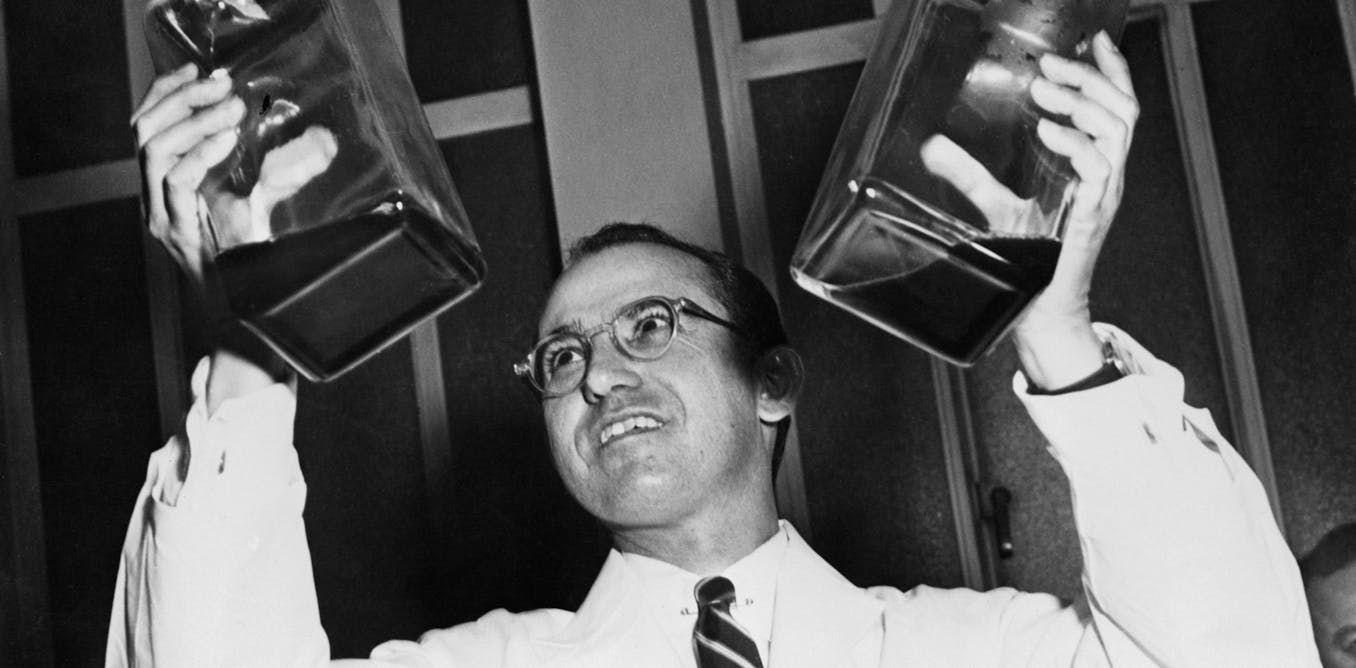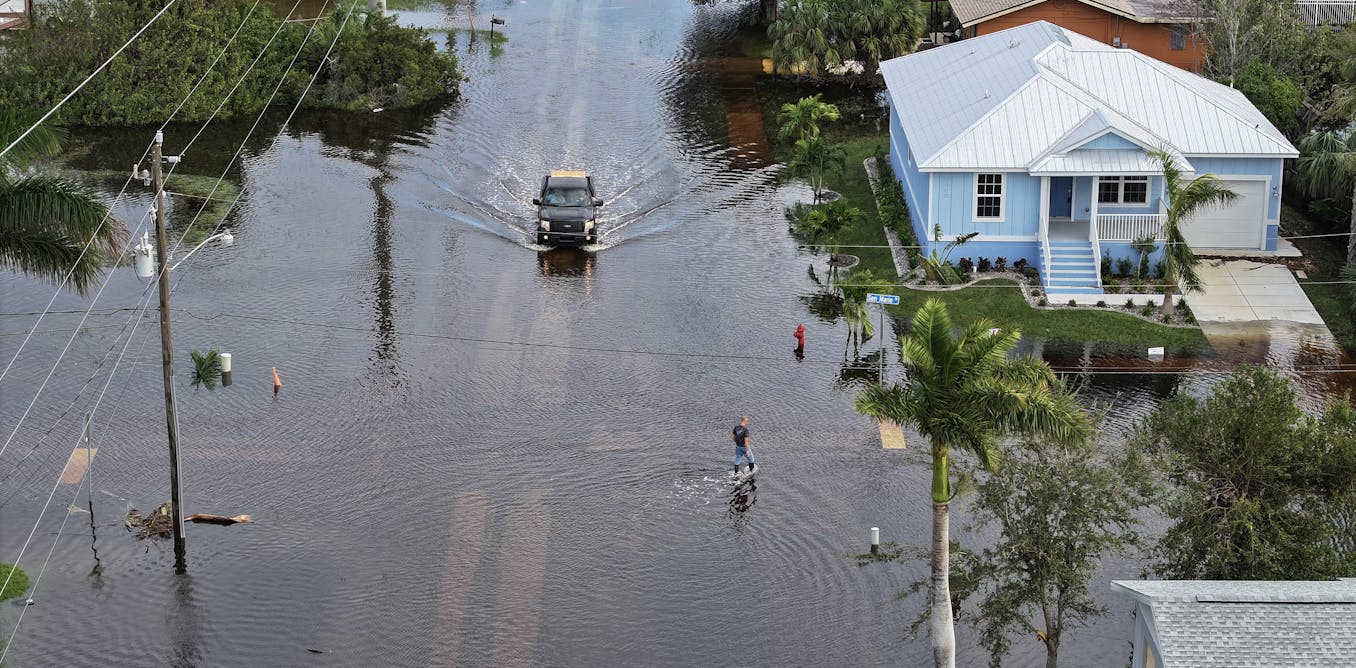Your Chances of Being Hit By Junk From Space Is Low, But Never Zero
As the world looks to the stars for exploration and innovation, concerns about space debris have escalated. The Wall Street Journal’s latest video, "Your Chances of Being Hit By Junk From Space Is Low, But Never Zero," delves into the growing issue of orbital litter and its implications for both safety and the future of space travel.
The Growing Problem of Space Debris
With an unprecedented increase in space launches, the amount of debris orbiting Earth has reached alarming levels. Experts estimate that nearly 200 tons of space hardware re-enters the Earth’s atmosphere each year, often in uncontrolled fashion. This rise in celestial clutter raises questions about the risks posed to people and property on the ground.
The Poland Incident
A recent incident in February brought these concerns to the forefront. An upper stage of a SpaceX Falcon 9 rocket disintegrated upon re-entry over Europe, scattering debris across multiple locations in western Poland. Such events not only pose risks to safety but also highlight the unpredictability of space operations.
Understanding the Dangers
While the likelihood of being struck by falling space debris is statistically low, experts caution that it is not zero. The video features discussions with industry specialists who emphasize the potential dangers of uncontrolled re-entries. With an ever-increasing number of satellites and spacecraft being launched, the possibility of accidents or debris collisions becomes more plausible.
Another Scare in Florida
The budding concern was further amplified by another incident in Florida, where space junk was reported to have made its presence felt. This raises questions about regulatory measures and preparedness for future occurrences.
What Survives Re-Entry?
One of the critical discussions in the video revolves around what debris actually survives the fiery descent through the atmosphere. Is it merely small fragments, or could larger pieces pose a real danger? Understanding the material that makes up space debris is crucial for assessing the risks involved.
Crowded Skies and Orbital Decay
As more companies venture into space, the situation could worsen. The video touches on the concept of orbital decay, where satellites and debris slowly lose altitude and eventually re-enter the atmosphere. Each new mission adds to the congestion, necessitating enhanced tracking and safety measures.
Global Perspectives: A Look at China
Global space activities are also under scrutiny, especially concerning countries like China, which have significant investments in space technology. The video discusses these dynamics and how they influence the broader conversation about space safety.
Exploring Potential Solutions
Towards the end of the video, experts discuss potential solutions, from technological innovations to stricter regulatory frameworks. The discussion emphasizes the importance of international cooperation to address the burgeoning challenge of space debris.
In summary, while the chances of being hit by junk from space are low, the issue warrants attention as space exploration continues to rise. The Wall Street Journal’s thorough examination of this topic serves as a critical reminder of our responsibilities as we expand our reach into the cosmos. As the saying goes, "A small risk is still a risk," and it’s essential to navigate these challenges with foresight and awareness.
Watch the video by The Wall Street Journal
Video “Your Chances of Being Hit By Junk From Space Is Low, But Never Zero | WSJ” was uploaded on 06/02/2025 to Youtube Channel The Wall Street Journal

































FIRST
😂
What is the pollution from the stuff that does burn up? Seems like a lot of material to dump into the atmosphere as tiny particles.
Can we please make china accountable for their pollution in space and oceans from irresponsible overfishing?
This is scary. 2000 tons and increasing.
It's so amazing that as a species, we've decided that we don't only just want to litter our own planet, we also want to litter space. Aliens will have nothing to do with us if we keep littering and ruining our home world and keep killing eachout. We're all Human. Sort it out goverments.
Ban all space litter!
neo- authtorianism-dictitorship? lol
Anyone else worried about some alien parasite on it that will turn us into pod people?
8:10 So Planetes finally becoming real!
This title feels like a threat
Why not make the trunk reusable?
Thanks to Elon Musk and spacex.
4:22 I can't be the only one who thought that big black spaceship wreck in the ground was photoshopped.
From the Angle, the lighting, and the material. It honestly looks like one of those badly photoshopped Amazon product pictures.
The chance of getting driven over by a penguin behind the wheel is low but never zero
there are 4 or 5 star link satellites fall back to earth every day . Google it if you don’t believe
Just to make this point: ESA had an office for tracking Space Debris since 2006, almost a decade before Leolabs even existed. ESA also had a picture of debris before that. Just somewhat annoying, that a US private company gets the mention while the Europeans have taken care of that stuff for ages already.
wsj, when will those uap land on earth?
well this is mildly villainous to say the least.
Who pays for the damage to property? For example, the house in Florida that was damaged. Will NASA pay for repairs?
Especially with all the spacexplode junk
Meanwhile there's New York
aren't ya'll about business and not about having an obsession with the republicans??
I saw the dragon splashdown reentry burn
Wow I thought only China do that
Bezos sure hates Elon
"how dangerous is a big bullet"
I remember 1979 when Skylab fell to earth and somebody was selling satellite proof helmets haha. People getting paranoid all over the world. In the end it didn't hit anything. But then around that time a DC9 plane went down some 5 miles from my place and hit a little grocery store.
It is a good initiative, but from an Asian perspective
What Europe does is that they do all the research and tests get ahead of the others by virtue of their colonial conquests
Then they ask everyone to limit the green house gases or such things
(Which are legitimate concerns but the West's motives don't match)
Then US doesn't listen to these things and does space force etc anyways
And EU through NATO gets free security without any pain
Why dont you “journalists” analyze the risk of WW3 instead of fearmongering something so unlikely
On track to Pixar's Wall-e
SpaceX??????
What a stupid title. You know there is also a non-zero chance that you can quantum tunnel through a wall? The chance is so low it's practically impossible even on a time scale as old as the universe but there is still a chance.
"We're living in an era where we are blissfully unaware of objects which are raining down on us."
Don't Look UP
Trump drops Musk associate Jared Isaacman as nominee for NASA chief: https://on.wsj.com/4kmRdFj